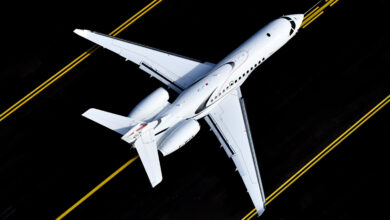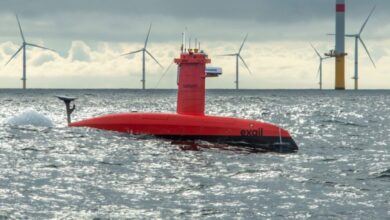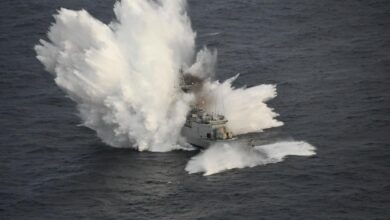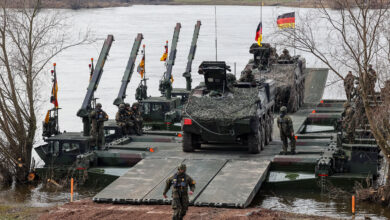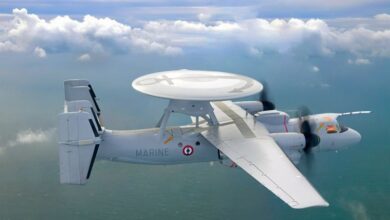Naval Group has conducted the steel cutting ceremony for the French Navy’s initial third-generation nuclear ballistic missile submarine (SNLE 3G), formally beginning its construction.
Held at the company’s Cherbourg facility, the event will be followed by the hull production for all four vessels planned under the effort.
The fleet will replace Paris’ Triomphant-class ballistic missile submarines in service since the late 1990s.
The SNLE 3Gs are scheduled to begin commissioning in 2035 and are expected to operate until the 2090s.
SNLE 3G Program
SNLE 3G conceptualization began in 2017, succeeded by the design phase four years later.
In 2021, Naval Group secured the contract to produce the hull and boiler room for the first vessel.
Meanwhile, the primary components for the nuclear boiler and the propulsion system are being developed at the company’s Nantes-Indret center.
Naval Group wrote that the SNLE 3G program would benefit the French economy by locally producing nearly 90 percent of components in France “for several decades” and supporting about 3,000 high-skilled jobs.
The government will also partner with around 400 other companies to complete the initiative.
“Through this major program, Naval Group is fully committed to serving French sovereignty and nuclear deterrence, by mobilizing all its skills, talents and industrial resources, and by drawing on a solid defense industrial and technological base, spread across the country,” Naval Group CEO Pierre Éric Pommellet said.
Third-Gen Submarines
The SNLE 3G-class submarines will each be 150 meters (490 feet) long and powered by a 300,000-horsepower K22 pressurized water-nuclear reactor.
It will be equipped with 16 M51 missiles, up to 10 100-kiloton thermonuclear warheads, and 21-inch (53-centimeter) torpedo tubes for anti-ship missiles and F21 torpedoes.
Naval Group said the program integrates approximately 100,000 devices and “hundreds of cables and circuits” for the vessels.
In addition, the fleet will have extended detection solutions, enhanced hydrodynamics, increased maneuverability, better spaces for onboard personnel, and an onboard atmosphere stabilizer.




